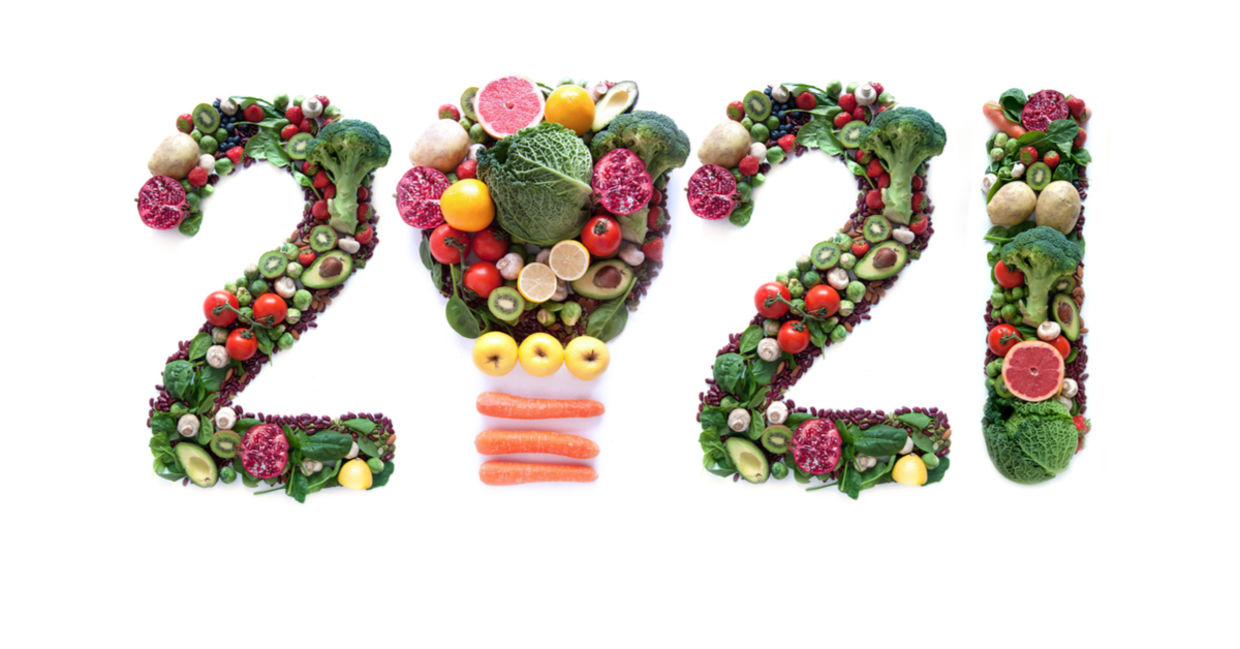
(Pixelbliss / Shutterstock.com)
As 2020 shifts into 2021, the world is anticipating a fresh new year. With many more people focused on health than they may have been a year ago, this exciting awareness is affecting people’s food choices in a very positive way.
This may also beneficially impact nutrition, lifestyle choices, and the environment, shaping 2021 into a bright, fresh year! Here are nine healthy food trends to look out for in the coming new year.
Herbal and botanical extracts
As a result of the coronavirus pandemic, people are now very aware of protecting their immune systems, according to Healthline. They are especially focused on taking supplements such as vitamins C and D, selenium, and zinc. In addition, people will be turning to alternative immune boosting herbs including turmeric, ginger, echinacea, elderberry, and astragalus.
There has also been a surging interest in herbal extracts, according to Market Research, with sales expected to grow steadily. In people’s search for plant-based alternatives, Market Research predicts an increased popularity in medicinal mushrooms. One health food gaining influence is reishi hot cacao, which is found to be beneficial in reducing anxiety and improving sleep, according toHealthline.
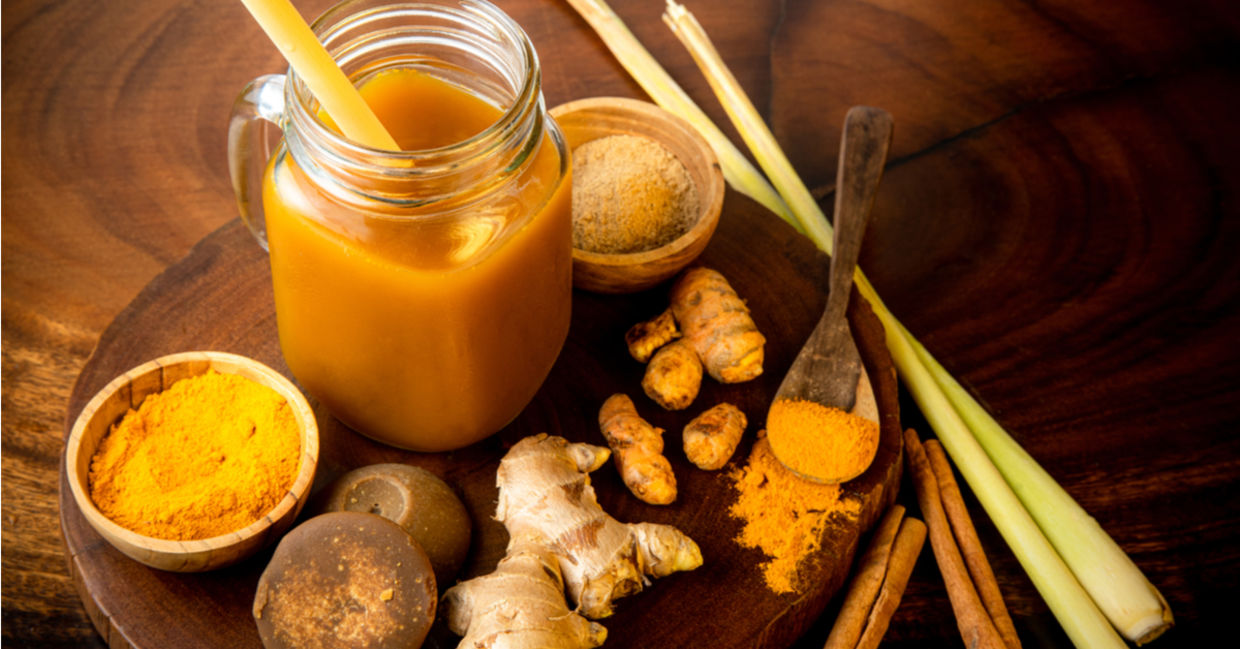
(w1snu.com / Shutterstock.com)
Probiotics and postbiotics
Aside from addressing immune health, people are becoming more interested in their gut health. There has been a surge in probiotic supplements, and kombucha, according to Organic Authority, is being touted as the new soda.
People will continue to enjoy their “booch,” however postbiotics just may be the new healthy kid on the block, according to Today. Postbiotics are great for the immune system and also help mend the gut barrier.
You’ve likely heard of probiotics and prebiotics, but what about postbiotics? We spoke with @FoodNavigator in depth about them, and why we think you’ll see more of them in 2021: https://t.co/qjgiPaJ3IA pic.twitter.com/LmpKrzXmbs
— ADM (@ADMupdates) December 15, 2020
Since postbiotics are the products of fermentation and are not alive like sourdough, kimchi, and kefir, they can be turned into supplement form. They are now available as supplements, but it is expected that postbiotics will be added to foods to make them more nutritional.
Getting serious about coffee
With so many people working from home, people are now heading to the kitchen–not to the cafes–for their morning cuppa joe. The WFH crowd is intent on improving their barista skills, according to Today. People are turning to new brewing methods in order to take their coffee to the next level. Coffee lovers are also serious about buying their own coffee beans, with bean sales at Starbucks recently soaring by 17 percent, according to Today.
Coffee drinkers have become passionate about the cream they stir into their coffees, opting for farm-fresh creamers in exotic flavors, as reported by Today. When one adds a health-conscious twist to coffee, plant-based milks are becoming the new stars.
Vegan oat milk creamers that froth just like real milk are gaining popularity. Plant-based creamer sales continue to rise, with new flavors such as coffee-cake and caramel oat milks hitting the marketplace.
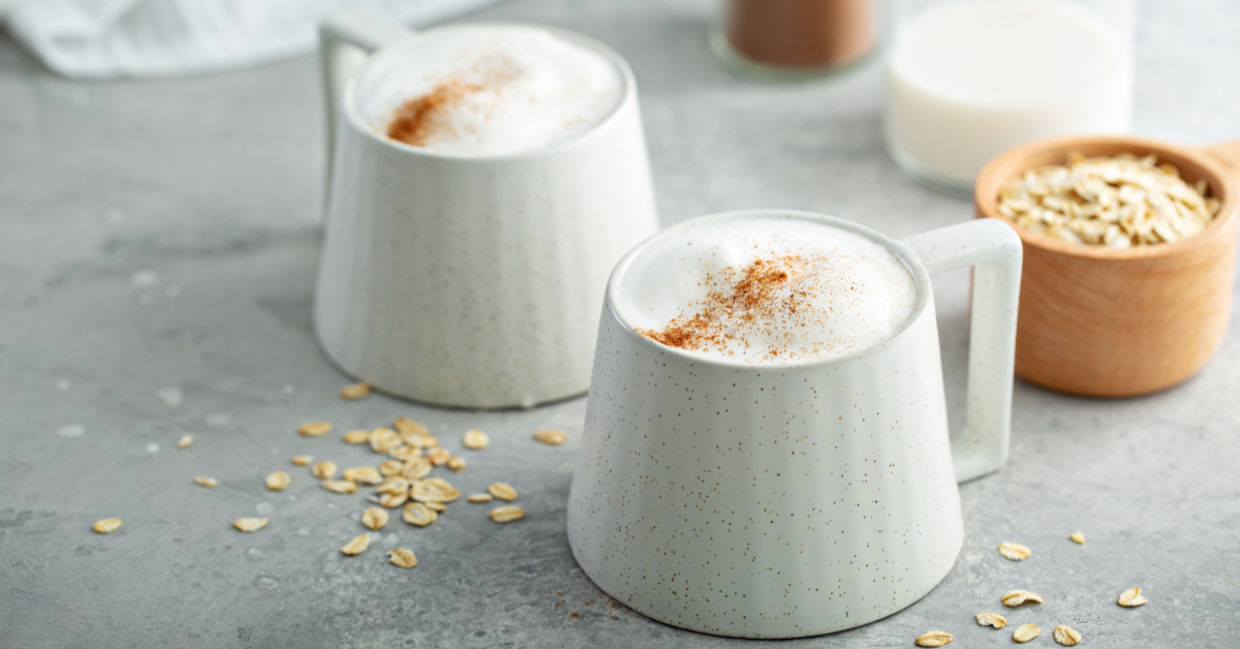
(Elena Veselova / Shutterstock.com)
Bio-engineered foods
It may seem like science fiction, but the technology is here. Using specialized laboratories, companies are making milk without cows and meat without, well, meat. The results are delicious and satisfying as well as sustainable. There are also companies making eggs from protein-rich mung beans, according to Today.
Many companies are beginning to manufacture an array of plant-based ice cream, cheese, yogurt, milk, plus many types of meat, chicken, and fish. When you look for food in 2021, bring along your imagination!

(metamorworks / Shutterstock.com)
Plant jerky
People are familiar with beef jerky, a popular snack and camping food. Now there are healthy alternatives that will please vegans and meat-eaters alike, according to Eating Well. Forward-thinking companies are dehydrating mangoes, bananas, wheat protein, jackfruit, and mushrooms, spicing them just-so, and packaging them as a delicious treat.
Mashed describes this vegan jerky trend as offering a much more sophisticated final product than its meat counterpart. Infusing mushroom jerky with golden fig, roasted garlic and ginger does sound pretty fancy. This is being touted as the snack of the future as it has a long shelf life and is healthy.
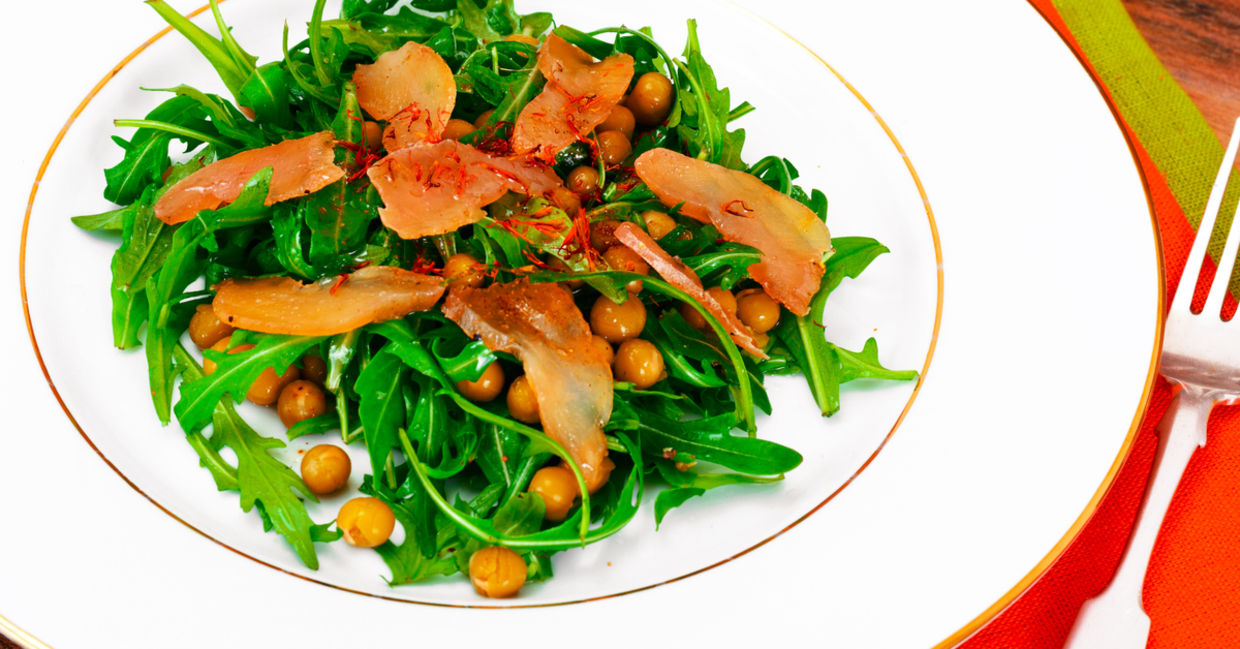
(ArtCookStudio / Shutterstock.com)
Spice mixes and condiments
People are at home with little access to restaurants, yet they still have an appetite for fine food. As a result, many are putting on aprons and creating their own favorite dishes. And as they take their home-cooked meals more seriously, they are starting to demand what Today calls “elevated condiments.”
As a result, high-quality seasoning blends are coming into the market. These condiments are often locally sourced and are gluten-free, vegan, and have no artificial flavoring. The favorite lines are Latin, Caribbean, and African-inspired spices, sauces, and chutneys. Looks like 2021 will have all of the ingredients for making many spicy, creative dishes.
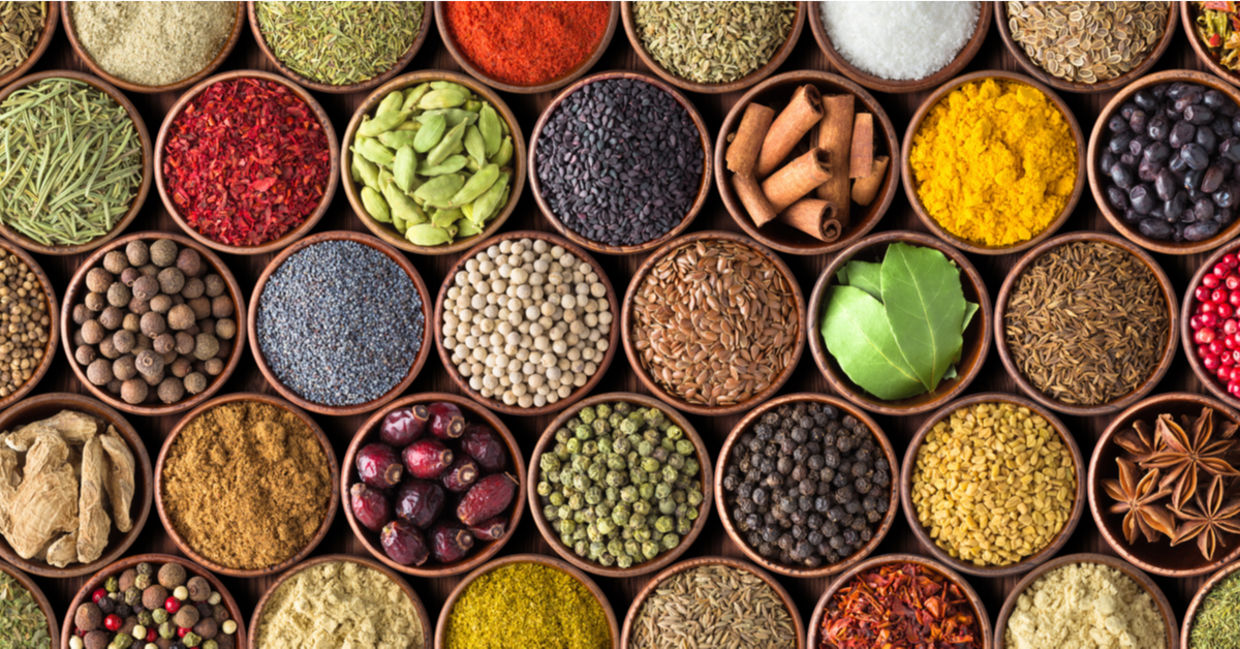
(Dmitr1ch / Shutterstock.com)
Kelp
Kelp is being called the new kale, according to Today. Popular in Chinese, Korean, and Japanese cuisine, Westerners love their kelp as nori wrapping sushi rolls, and enjoy it shredded in miso soup. Kelp is a nutritional powerhouse packed with vitamin K, folate, magnesium, iodine, calcium, and minerals.
It is also a sustainable plant to grow and does not require a fertilizer, according to Today. Growing like Jack’s “beanstalk,” kelp can shoot out 15 feet in one season. It also purifies the water it grows in.
The wonderful world of kelp is expanding just like the plant grows! Companies are now offering kelp cubes for smoothies and soups, raw kelp kimchi, and kelp kraut. Be on the look-out for this exciting superfood.
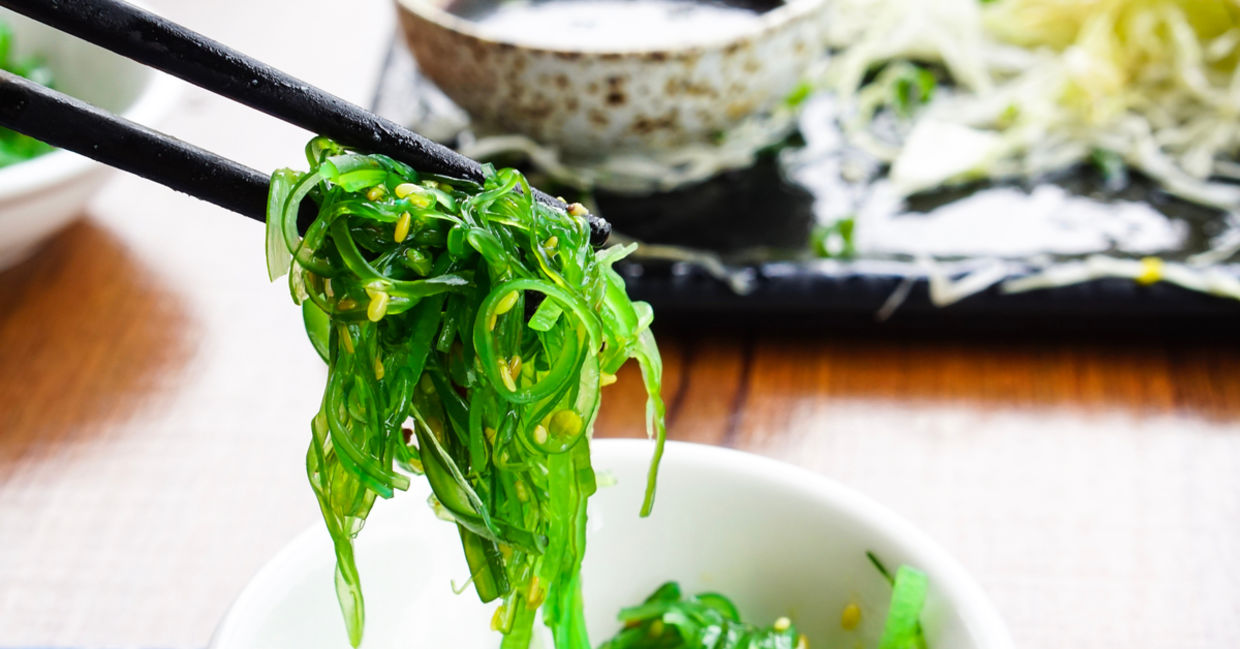
(nonzy / Shutterstock.com)
Chickpeas
If kelp is the new kale, chickpeas are the new cauliflower, according to Food Business News. People are familiar with seeing chickpeas in their falafels or in salads, but this little bean is popping out into new terrain.
Traditionally used as a flour in Indian cuisine, chickpea flour is loaded with vitamins, according to Healthline. It has antioxidants, folate, and fiber, and is a healthier alternative to white flour.
Food companies have started putting chickpeas into chips, cereal, and pasta. And now they are taking garbanzo beans to the next level, using chickpea flour in pizza crusts and flatbreads. Other exciting uses of chickpea flour include cookies, waffle cones, and frozen desserts.
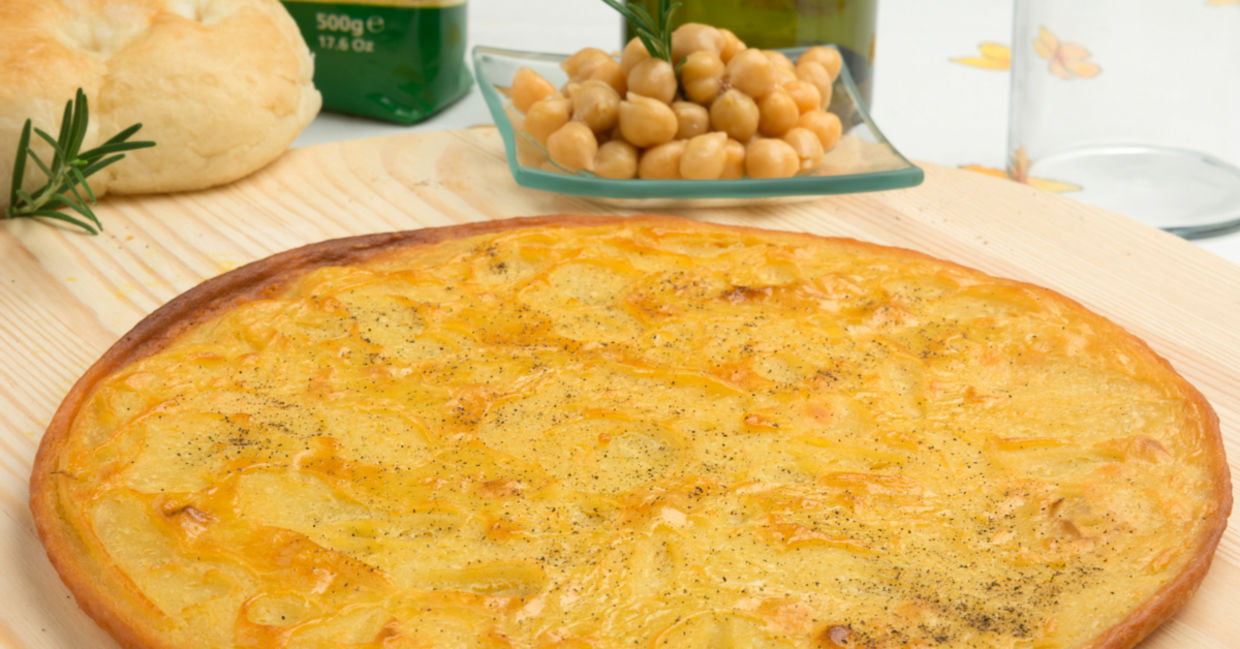
(Elflaco1983 / Shutterstock.com)
Microgreens
Once used as a colorful specialty topping in exclusive chef restaurants, microgreens are now available everywhere, and are also grown at home. Although they have been around for a while, they are soaring in popularity, according to Today.
Nutritious and delicious, with a nice texture and flavor, more people are garnishing their salads and soups with basil, kale, arugula, beet, and cilantro microgreens. You can now find a colorful array in most markets.
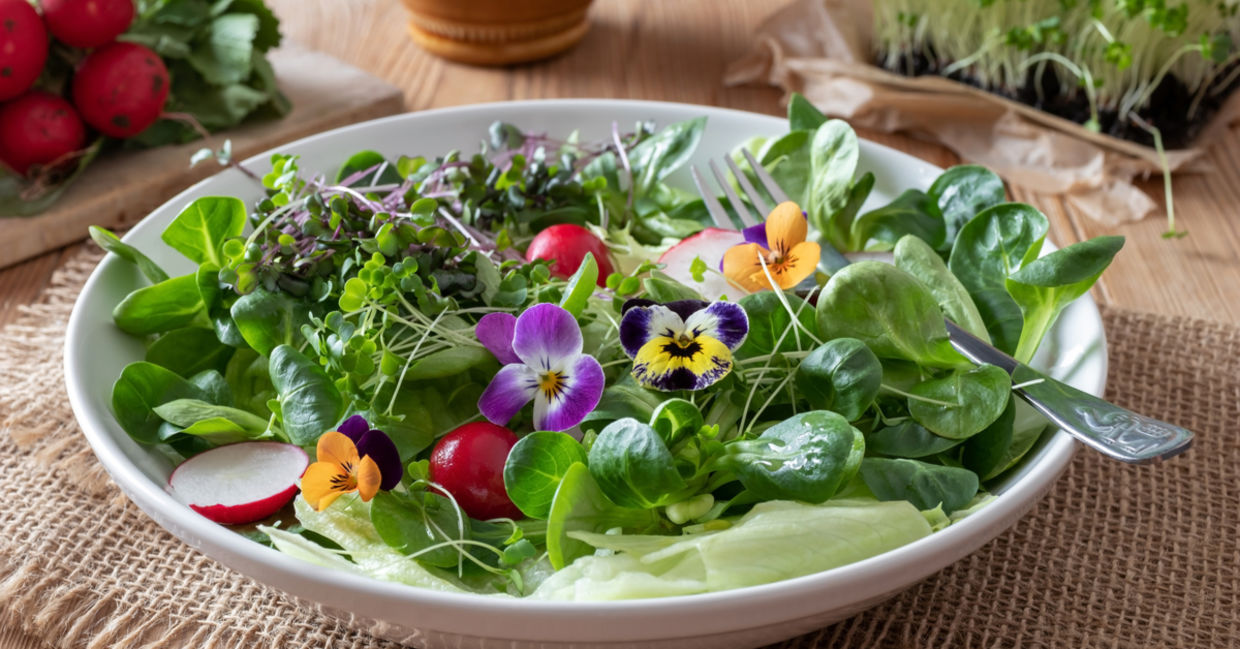
(Madeleine Steinbach / Shutterstock.com)







